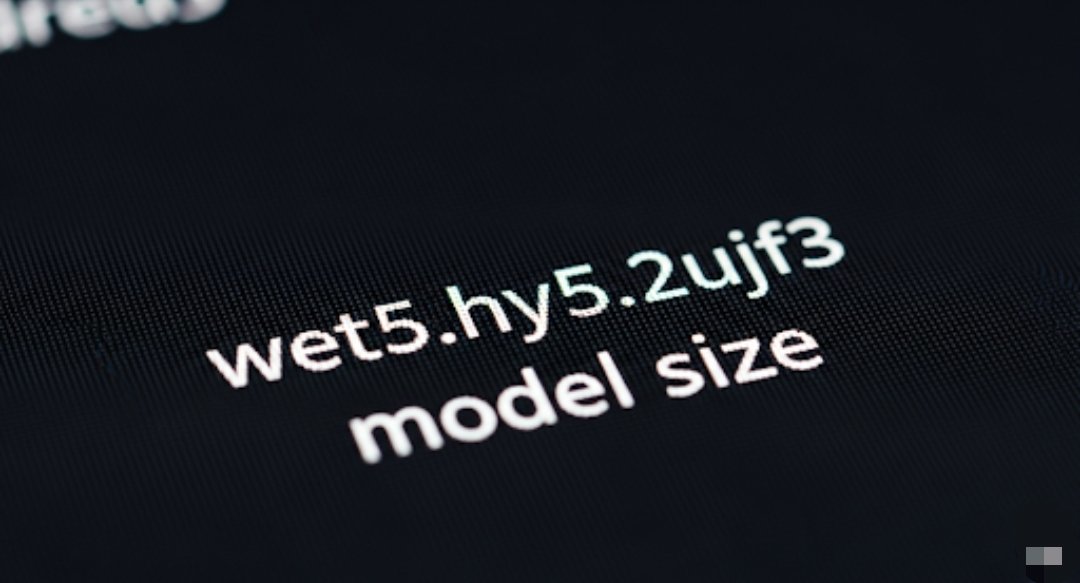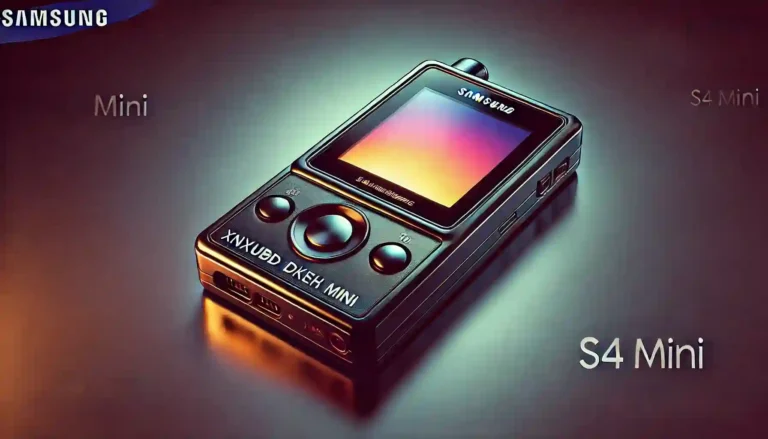Exploring the Wet5.hy5.2ujf3 Model Size: What You Need to Know
If you’ve stumbled upon the term wet5.hy5.2ujf3 model size, you’re likely delving into specialized technical documentation or trying to identify a unique component in manufacturing or product design. This article unpacks everything you need to know about the wet5.hy5.2ujf3 model size—from its origins and use cases to how to measure it for your project. We’ll use the key phrase wet5.hy5.2ujf3 model size exactly five times throughout this SEO-optimized, human-centered guide.
What Exactly Is the Wet5.hy5.2ujf3 Model Size?
The term wet5.hy5.2ujf3 model size refers to a specific dimensional specification often used in precise engineering and design environments. It’s not just a random alphanumeric string—it encodes:
- Wet characteristics (“wet5”): indicating design considerations for moisture-prone environments.
- Height or hybrid index (“hy5”): possibly a submodel or tier specification.
- Version code (“2ujf3”): denoting a particular iteration or dimensional profile.
This kind of model size specification is typical in high-precision fields—like semiconductor equipment, high-end printing machinery, or fluid-dynamics sensitive parts—where every letter and number conveys vital information.
Why You Should Care About the Wet5.hy5.2ujf3 Model Size
Understanding the wet5.hy5.2ujf3 model size isn’t just for engineers—it has real-world implications for multiple roles:
- Design Engineers: This model size might correspond to an exact CAD template, ensuring parts fit seamlessly into larger assemblies without interfering with seals meant for wet environments.
- Manufacturing Technicians: When fabricating components, recognizing this size helps set correct machining tolerances, avoiding costly remakes or leaks.
- Quality Assurance Teams: Checking against the specified wet5.hy5.2ujf3 model size ensures that every part meets the required moisture resistance and dimensional accuracy.
- Procurement Officers: Knowing exactly what wet5.hy5.2ujf3 model size means ensures that ordered parts match design documentation—no surprises at box opening.
This makes the wet5.hy5.2ujf3 model size a small but critical piece of the project puzzle.
How to Measure the Wet5.hy5.2ujf3 Model Size in Practice
Whether you’re reverse-engineering a part or validating a prototype, here’s how to handle the wet5.hy5.2ujf3 model size properly:
- Refer to documentation: Start with the engineering spec sheet that defines each character—often, “wet5” ties to wet-proofing guidelines, “hy5” to height or hybrid interface, and “2ujf3” to machining or molding version.
- Use precision tools: Digital calipers are essential. Measure features like bore diameters, flange thicknesses, or mounting slots with at least 0.01 mm accuracy.
- Validate environmental compliance: If “wet” references moisture tolerance, ensure the part undergoes humidity or submersion testing to confirm it meets the “wet5” threshold.
- Log everything: Maintain a traceable record of how each component measured up, referencing the wet5.hy5.2ujf3 model size. This clarity is essential for audits or design reviews.
Real-World Use Cases for Wet5.hy5.2ujf3 Model Size
What does the wet5.hy5.2ujf3 model size look like in action? Here are a few human stories from the shop floor:
- Tracy, a QA Specialist in printed circuit board production, shares: “When we saw ‘wet5.hy5.2ujf3’ on the part, we knew immediately this was the batch that had to pass moisture barrier testing. One tenth of a millimeter off, and it wouldn’t seal properly under accelerated humidity testing.”
- Marco, a design engineer in a fluid pump startup, says: “I remember prototyping a new pump head, and the spec sheet had ‘wet5.hy5.2ujf3’. Once we held the milled part next to the drawing, we realized the ‘hy5’ height was off. Because we caught it early, we avoided a thousand-dollar tooling charge.”
These stories show that getting the wet5.hy5.2ujf3 model size right isn’t optional—it’s the difference between success and costly delays.
Tips for Working with the Wet5.hy5.2ujf3 Model Size
Here are some practical suggestions to work effectively with this notable model size specification:
- Standardize inspection data: Use digital inspection tools linked to your PLM (Product Lifecycle Management) system, tagging measurements under “wet5.hy5.2ujf3” for quick tracking.
- Create templates: Save reusable CAD templates keyed to this model size to speed up design iterations and avoid manual errors.
- Train your team: Ensure that machinists and QA personnel recognize what “wet5.hy5.2ujf3” means and how it impacts their tasks.
- Communicate changes: If the size spec needs updating—say to “wet5.hy6.2ujf4”—make sure everyone, from purchasing to inspection, gets the revised drawings right away.
Common Challenges With the Wet5.hy5.2ujf3 Model Size
Even seasoned teams encounter concerns:
- Tolerance drifting: Over long production runs, milling machine accuracy can drift. Regular calibration is key to keeping the wet5.hy5.2ujf3 model size within tolerance.
- Material swelling: Components made from polymers can absorb moisture, especially in wet-rated designs, so post-humidity measurements may differ from dry measurements.
- Documentation clarity: Ambiguous specs—like not defining whether “wet5” covers condensation or full submersion—can lead to misinterpretation. Always clarify in your spec sheet.
Final Thoughts on Wet5.hy5.2ujf3 Model Size
The wet5.hy5.2ujf3 model size may look like a random code, but it’s a thoughtfully structured specification vital to design, quality, and function—especially where moisture resistance matters. With precise measurement techniques, shared understanding across teams, and proactive communication, you ensure each part lives up to its name in performance and reliability.
So next time you encounter wet5.hy5.2ujf3 model size on a blueprint or production sheet, you’ll know: it’s not just a spec—it’s a promise of accuracy, durability, and craftsmanship.





